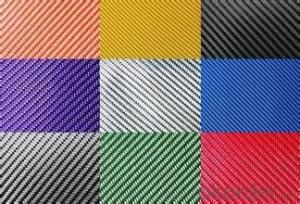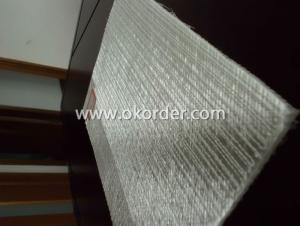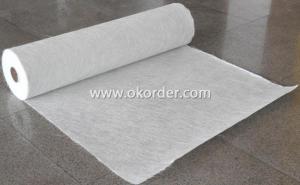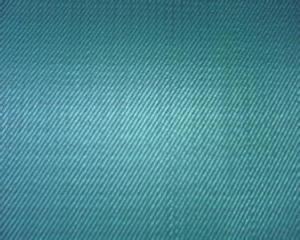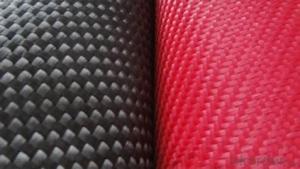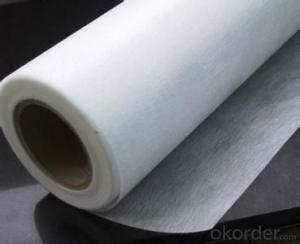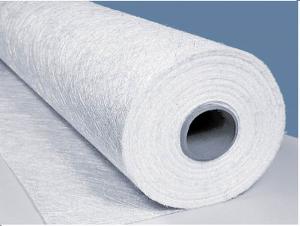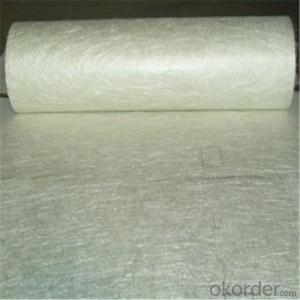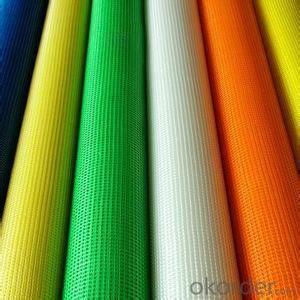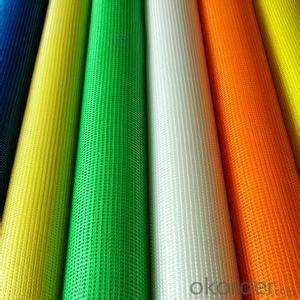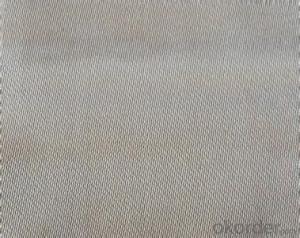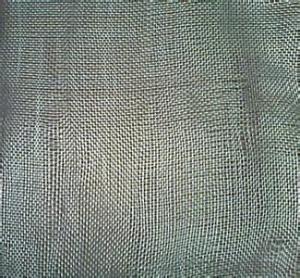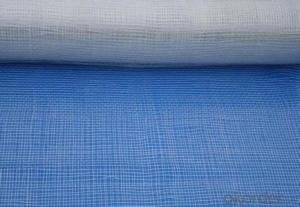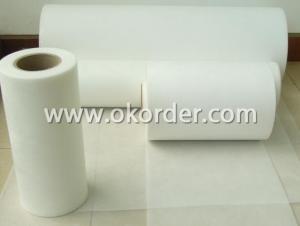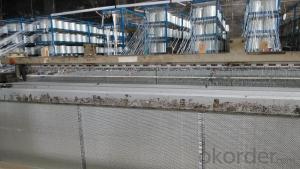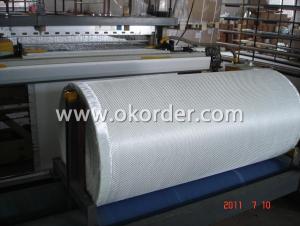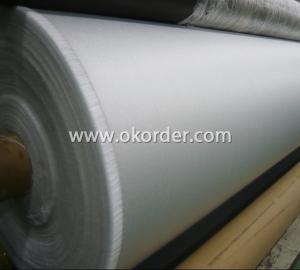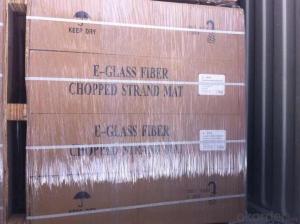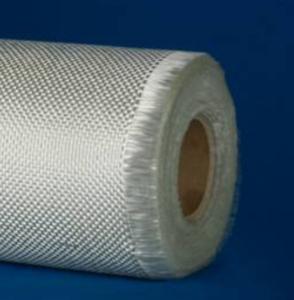Fiberglass Fabrics - High Silica Glass Fiber Cloth Fabric 2024
- Loading Port:
- China Main Port
- Payment Terms:
- TT OR LC
- Min Order Qty:
- -
- Supply Capability:
- -
OKorder Service Pledge
OKorder Financial Service
You Might Also Like
Quick Details
| Place of Origin: | Brand Name: | Model Number: | |||
| Application: | Weight: | Surface Treatment: | |||
| Width: | Weave Type: | Yarn Type: | |||
| Alkali Content: | Standing Temperature: |
Packaging & Delivery
| Packaging Detail: | 50m/carton |
| Delivery Detail: | about 20days |
Specifications
1. High silica glass fiber cloth.
2. High temperature resistance.
3. Instant working temp.: 1400C degree
High Silica Glass Fiber Cloth Suppliers
High Silica Glass Fiber Cloth Description:
1. It is woven by high SiO2 content fiberglass yarn with specially formulated acid treatment.
2. It is a economic silica cloth suitable for continuous use at 1650°F (900°C), and able to withstand short term exposure up to 2200°F (1200°C).
3. Additional polyurethane coating or vermiculite coating will enhance the fabrics unmatched abrasion resistance and tensile strength.
- Q: How does fiberglass fabric handle oil and grease?
- Oil and grease are typically resisted by fiberglass fabric. Due to the non-porous quality of fiberglass, it becomes challenging for oil and grease to infiltrate the fabric, resulting in effortless cleaning and upkeep. Generally, spills can be effortlessly eradicated from the fabric's surface, leaving no traces or remnants. Nevertheless, it is vital to acknowledge that the resistance level may differ based on the exact kind of fiberglass fabric and the length of time it is exposed to oil and grease.
- Q: Can fiberglass fabrics be used for reinforcement in composites?
- Yes, fiberglass fabrics can be used for reinforcement in composites. Fiberglass fabrics consist of woven or knitted strands of glass fibers, which are known for their high tensile strength and stiffness. They are commonly used as reinforcing materials in composite manufacturing processes. Composites are materials made by combining two or more different materials to create a new material with enhanced properties. In composites, fiberglass fabrics are typically combined with a matrix material, such as epoxy resin, to form a strong and lightweight composite structure. The use of fiberglass fabrics as reinforcement in composites offers several advantages. Firstly, fiberglass fabrics are highly durable and have excellent mechanical properties, including high tensile strength and stiffness. This makes them suitable for applications that require high strength-to-weight ratio, such as aerospace, automotive, and marine industries. Additionally, fiberglass fabrics can be easily molded into complex shapes, making them versatile for various applications. They are also corrosion-resistant and have good thermal and electrical insulation properties. Furthermore, fiberglass fabrics can be tailored to meet specific design requirements by adjusting the fiber orientation, fabric weight, and resin system. This allows for the optimization of strength, stiffness, and other mechanical properties based on the intended application. In conclusion, fiberglass fabrics are commonly used as reinforcement in composites due to their high strength, lightweight nature, durability, and versatility. They offer numerous advantages and are an essential component in the manufacturing of strong and lightweight composite structures in various industries.
- Q: How is fiberglass fabric used in the production of composites?
- Fiberglass fabric is a critical component in the production of composites, particularly in industries such as aerospace, automotive, construction, and marine. Composites are materials made by combining two or more different components, with fiberglass fabric being one of the most commonly used reinforcing materials. In the production process, fiberglass fabric is typically combined with a matrix material, such as resin, to create a composite structure. The fabric itself is made up of thin strands of glass fibers that are woven together to form a flexible and strong fabric. These glass fibers provide the reinforcement and strength to the composite material, making it highly durable and resistant to various external forces. One of the key advantages of using fiberglass fabric in composites is its excellent tensile strength. The woven structure of the fabric ensures that the load is spread evenly across the composite material, making it capable of withstanding high levels of stress and preventing cracks or fractures. This property is particularly beneficial in applications where lightweight yet strong materials are required. Moreover, fiberglass fabric offers exceptional resistance to corrosion, chemicals, and extreme temperatures. This makes composites reinforced with fiberglass fabric suitable for use in harsh environments where traditional materials may fail. For example, fiberglass composites are commonly used in the construction of aircraft and boats as they can withstand the corrosive effects of saltwater and harsh weather conditions. Fiberglass fabric is also highly versatile and can be tailored to meet specific requirements. It can be manufactured in various thicknesses, weaves, and finishes, allowing manufacturers to customize the fabric to suit the desired application. Additionally, it can be combined with other reinforcing materials, such as carbon fiber or kevlar, to create hybrid composites that possess a unique combination of properties. In summary, fiberglass fabric plays a vital role in the production of composites by providing strength, durability, and resistance to various environmental factors. Its versatility and ability to be customized make it a preferred choice for numerous industries seeking lightweight yet robust materials.
- Q: Is fiberglass fabric resistant to tearing or ripping?
- Yes, fiberglass fabric is highly resistant to tearing or ripping due to its strong and durable nature.
- Q: Is fiberglass fabric suitable for use in electrical insulation tapes?
- Indeed, fiberglass fabric proves to be appropriate for implementation within electrical insulation tapes. Its remarkable electrical insulation properties and ability to endure elevated temperatures make it particularly well-suited for situations necessitating electrical insulation. Its resistance to heat, chemicals, and moisture guarantees enduring safeguarding for electrical components. Furthermore, fiberglass fabric's flexibility and ease of manipulation facilitate simple application onto diverse surfaces. All in all, fiberglass fabric stands as a dependable and efficient material choice for electrical insulation tapes.
- Q: Can fiberglass fabric be used for heat-resistant aprons?
- Heat-resistant aprons can indeed be made using fiberglass fabric. Known for its exceptional heat resistance properties, fiberglass fabric is capable of withstanding high temperatures without melting or igniting. It finds extensive usage in industries where employees are exposed to intense heat or flames, like welding, foundries, and glass manufacturing. Due to its durability and effective insulation, fiberglass fabric is an excellent option for heat-resistant aprons. Furthermore, it is lightweight and flexible, ensuring ease of movement and comfort while providing the essential heat protection.
- Q: How do fiberglass fabrics perform in terms of sound absorption?
- Fiberglass fabrics are highly effective in terms of sound absorption. The porous nature of fiberglass allows it to trap sound waves and convert them into heat energy, reducing echo and background noise in various environments. Its excellent sound-absorbing properties make it a popular choice for acoustic panels, soundproofing materials, and noise control applications.
- Q: What are the different fiberglass fabric finishes for water resistance?
- Water resistance can be achieved through various finishes on fiberglass fabric. One commonly used finish is silicone, which forms a waterproof barrier on the fabric surface. This type of fiberglass fabric is highly resistant to water and finds applications in outdoor covers, tents, and boat sails. Polyurethane is another finish that creates a water-resistant coating on the fabric. It is commonly used in rainwear, backpacks, and other outdoor gear where water resistance is crucial. Fluoropolymer finishes, such as PTFE or Teflon, provide excellent water repellency. Fiberglass fabric with a fluoropolymer finish is often used in awnings, umbrellas, and outdoor furniture covers, where water needs to bead up and roll off the surface. Acrylic finishes can also enhance water resistance on fiberglass fabric. Acrylic-coated fiberglass fabric is commonly used in marine applications, such as boat covers and biminis, as it offers good waterproofing while maintaining breathability. It's important to note that while these finishes offer water resistance, they may not provide complete waterproofing in cases of prolonged or heavy rain. In such situations, additional measures like seam sealing or using a waterproof membrane may be necessary for complete protection against water penetration.
- Q: Is fiberglass fabric resistant to chemicals used in automotive industry?
- Yes, fiberglass fabric is generally resistant to the chemicals used in the automotive industry. It is known for its high chemical resistance, making it a suitable material for various automotive applications where exposure to chemicals is common.
- Q: How to deal with the high temperature fiberglass cloth, so that the trimming can not be scattered
- Stick it with cellophane tape and it won't break in the scissors.
Send your message to us
Fiberglass Fabrics - High Silica Glass Fiber Cloth Fabric 2024
- Loading Port:
- China Main Port
- Payment Terms:
- TT OR LC
- Min Order Qty:
- -
- Supply Capability:
- -
OKorder Service Pledge
OKorder Financial Service
Similar products
Hot products
Hot Searches
Related keywords
